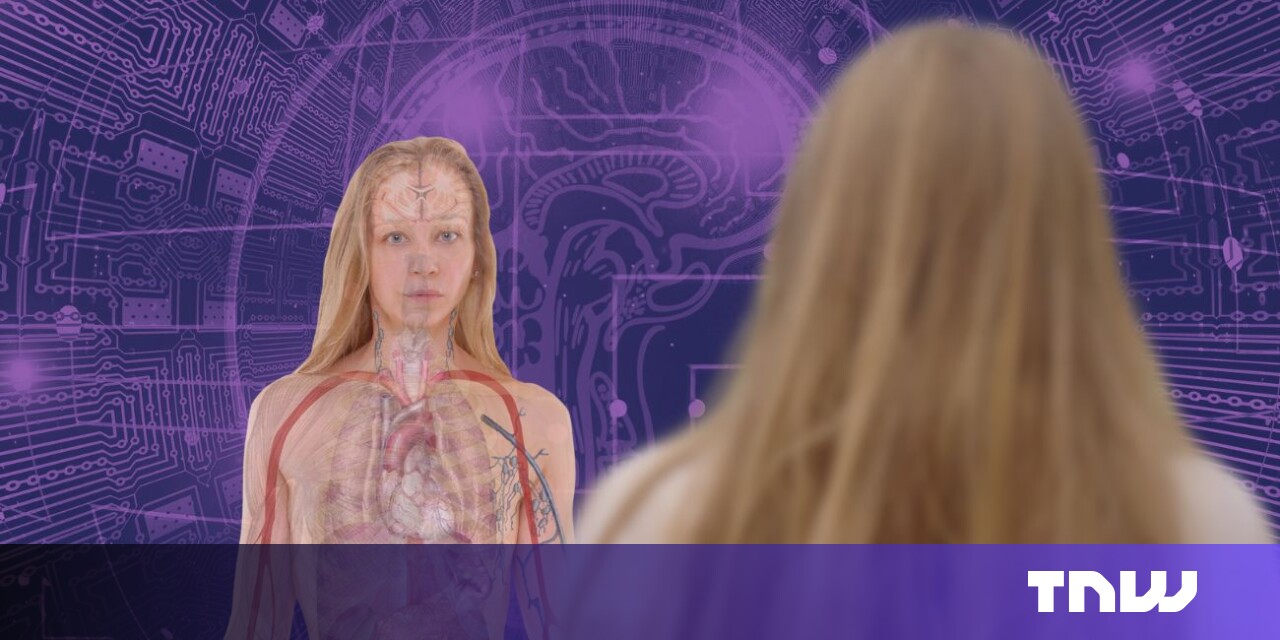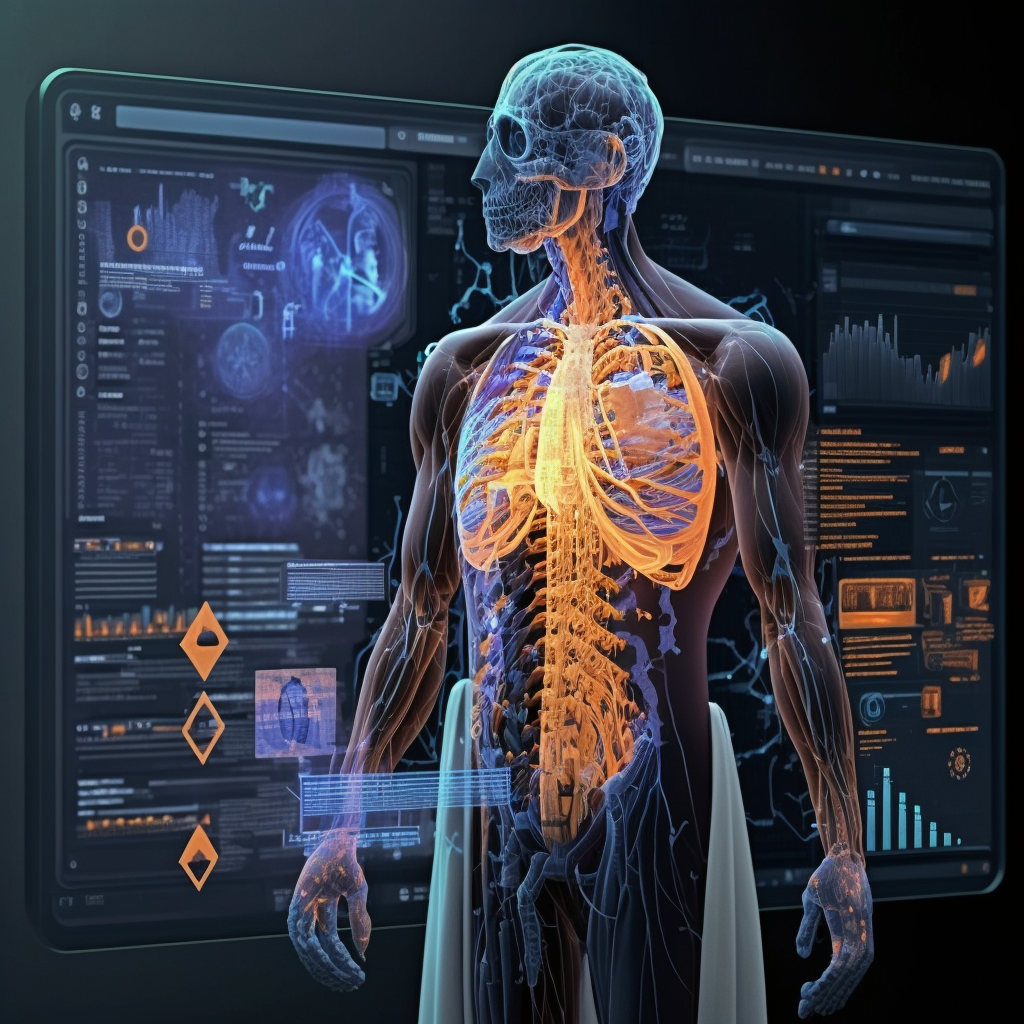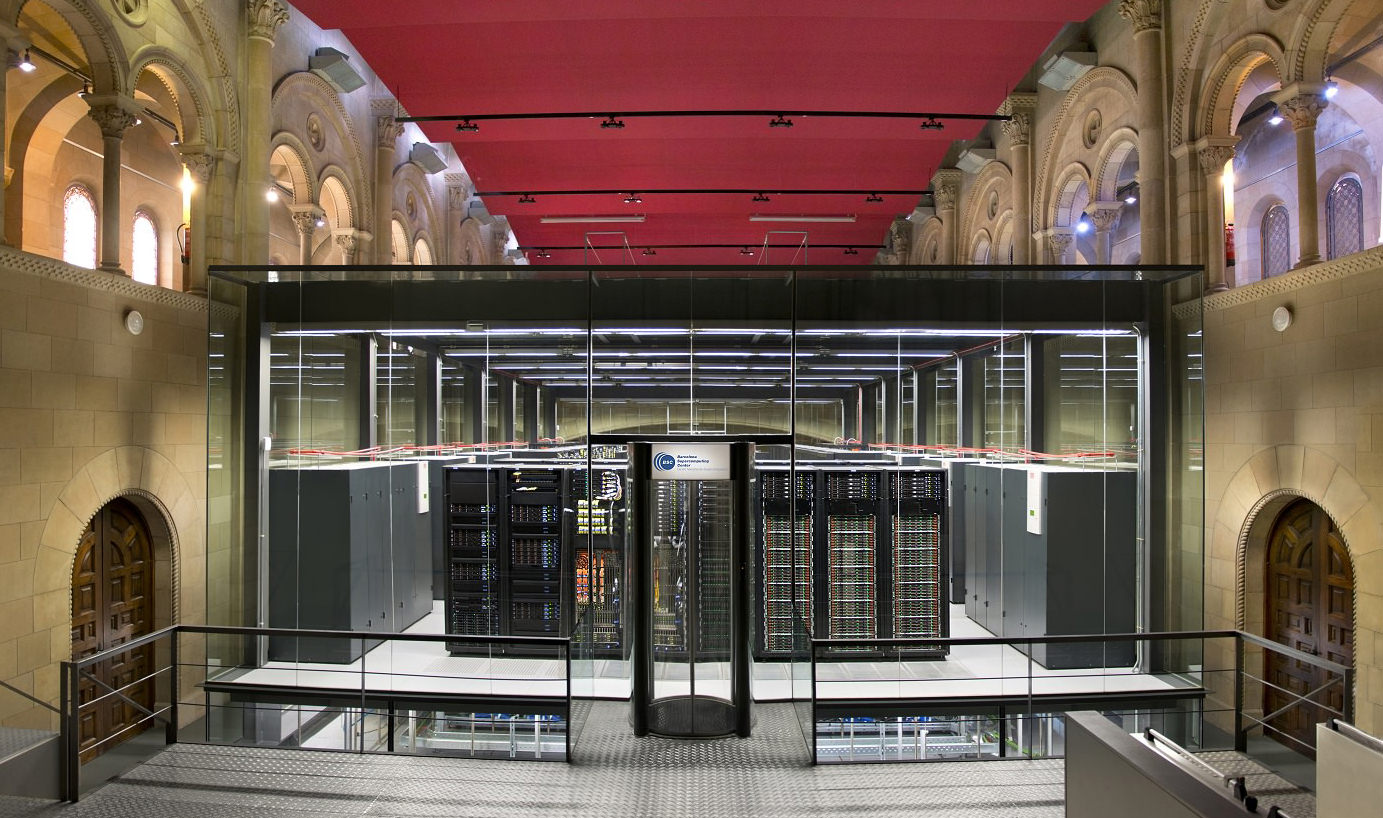
Digital twins — virtual replicas of real-world things — are already commonplace in manufacturing, industry, and aerospace. There are highly complex digital models of cities, ports, and power stations — but what about people?
The idea of digital doppelgängers has long been confined to the realm of science fiction. But a new book presented at London’s Science Museum last week suggests the concept could be coming to life.
In Virtual You, Peter Coveney, professor of chemistry and computer science at University College London, and Roger Highfield, science director at London’s Science Museum, show how far researchers have already got in their quest for accurate digital simulations of people.
At the book launch, the authors were joined by leading experts in healthcare digital twins from the University of Oxford, UCL, and the Barcelona Supercomputing Centre (BSC). The panel discussed the opportunities and challenges in creating a digital twin version of the human body, and its implications for medicine.
The BSC has already created virtual models of living cells and whole organs. The most notable example is Alya Red, a digital twin of a heart comprising around 100 million virtual cells.
The heart beats not within a person but inside MareNostrum, one of the most powerful supercomputers in Europe. Working with the medical technology company Medtronic, the Alya Red simulations can help position a pacemaker, fine-tune its electrical stimulus, and model its effects.
MareNostrum is located in the Torre Girona chapel, Barcelona. Credit: Karolina Moon Photography.Perhaps one of the most striking examples is Yoon-sun, a 26-year-old Korean woman whose entire circulation — a 95,000km-long network of vessels — has been mapped virtually through an international collaboration using several supercomputers. Researchers are using the model to study blood pressure and the movement of clots throughout the vascular system.
In silico
These digital twins are not just confined to the lab. Several are already in use and, in some cases, approved by the US Food and Drug Administration (FDA).
So far, these models have been deployed mainly for in silico trials — when a drug or disease is tested virtually rather than on real human or animal tissue.
These trials allow companies to test their drug in ‘virtual patients’ before testing them in humans. This can help companies detect a “failure in the making” early on in the drug development cycle, says François-Henri Boissel, CEO of French clinical trial simulation platform Novadiscovery. This can result in significant time and cost savings for companies undertaking clinical trials.
In silico trials also eliminate the ethical issues associated with animal testing, explained Blanca Rodriguez, professor of computational medicine at the University of Oxford, during the panel discussion last Wednesday.
Rodriguez’s team has created a digital twin of a heart that is used to simulate the effects of different drugs and diseases on heart function. In one virtual trial, her team tested the effects of 66 different drugs on over a thousand different heart cell simulations, and were able to predict the risk of abnormal heart rhythms with 89% accuracy. Comparable research on animals was 75% accurate.
These trials can also help fight the next public health emergency. During the COVID-19 pandemic, supercomputers were used to simulate nearly everything, from potential treatments to predicting how the virus might spread, as highlighted in the video below.
And as simulations of human tissues, organs, and cells become ever more sophisticated, they could open new frontiers for testing of vaccines, personalised treatment of symptoms, and help doctors to explore the effects of an infection on the entire body.
Digital twins could also expedite the search for candidate vaccines for the big families of animal viruses that are at risk of spilling over to the human population, said Highfield.
Coveney and Highfield believe that these advances are laying the groundwork for digital twins of the entire human body.
Virtual you
Computational models of patients would not only look like their human counterparts but behave like them too.
Creating a virtual you requires the collection and analysis of enough personal data to provide a realistic representation. This could come from any number of scans of your body and its organs, as well as genomic, biochemical analysis, and wearable devices.
“These digital twins can inform what action a surgeon takes, what drug you get prescribed, or even what kind of life you choose to live,” said Coveney.
Your physician could run a number of scenarios through your digital twin — how you might respond to a certain drug or disease, for instance — without ever touching you (if you hate visits to the doctor, take note).
“Virtual patients could potentially save and extend your life.
Your digital twin could accurately predict your risk of disease and recommend drug, diet, and lifestyle changes, potentially saving, and extending, your life.
According to the European Commission, around 200,000 people die each year in Europe from drugs prescribed to them, partly because these therapies are generic and not designedspecifically for the patient.
The same goes for treatment of disease: doctors are forced to make decisions based upon similar but non-identical patients in similar but non-identical circumstances in the past.
“Modern medicine is like driving a car while looking in the rearview mirror — it’s always looking back to try to figure out what is happening now,” said Highfield. “The hope is that digital twins will enable healthcare to become forward-looking, truly personalised, and predictive, removing much of the guesswork.”
Perhaps less consoling is the idea that your twin could be used to predict when you will die, to a fairly high degree of accuracy.
Moving on.
So, when will I get a virtual me?
Before you get too excited (or petrified) — let’s do a quick stock take.
Oxford University professor, Denis Noble, developed the first model of a beating heart cell in 1959. A few years later his work was scaled up to the level of patches of cells, and by the 1990s models of the whole heart, powered by the earliest supercomputers, began to take shape. Now, programmes like Alya Red are enabling simulations of almost any part of the human body.
That’s the point where we find ourselves right now. To date, a digital twin of a whole human has never been created.

There are still “massive technical hurdles” to overcome, said Conveney.
Simulations of this complexity will require access to incredibly powerful computers, such as Frontier, the world’s first and fastest exascale supercomputer. These computers are still few and far between, and require large amounts of energy to run.
Another “huge challenge”, he says, is stitching together all the codes for each part of the virtual body. Each part of the digital human, like a cell or a heart, is technically a separate simulation. There are also multiple scales for the simulations: one model for a cell and another for the whole organ require different codes and run at different speeds. Getting all of these codes to load at once and at the same speed is no easy feat.
There are also ethical considerations. The ability to predict almost anything about your health is a powerful tool for healthcare professionals, but potentially dangerous in the wrong hands.
Within the limits of current technology, creating your own virtual twin right now is only be within the reach of billionaires, says Conveney.
Even the most powerful computers conceivable in the distant future will not have sufficient capacity to analyse you in full molecular detail. You, my friend, are too complicated, even for the smartest computer.
But Coveney and Highfield do make a convincing case that incomplete digital representations will still be an extremely useful tool for advancing medical science and individuals’ health. As the late British statistician George Box opined, “All models are wrong. Some are useful.”
The authors are also hopeful that the computing requirements of these twins can be reduced using, you guessed it, artificial intelligence.
“AI and machine learning can replicate some of the code and enable the whole digital twin to load at the kind of speeds needed for effective medical decision making,” said Highfield. AI could enable virtual humans to be run on much smaller machines.
While there are many hurdles to overcome, and definitely some ethical issues to iron out, fully functioning virtual patients, that offer healthcare professionals insights they can actually act on, are not as far off as you might think.
Conveney, one of the foremost global experts on the topic, believes virtual patients could be available for practical medical uses in about five years’ time.








